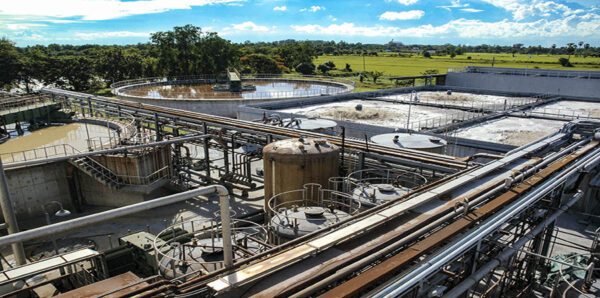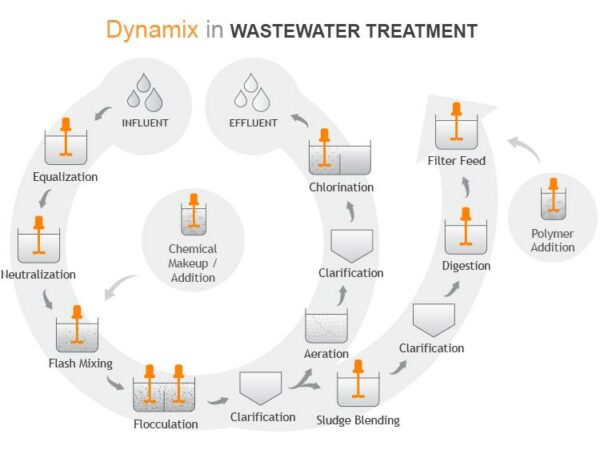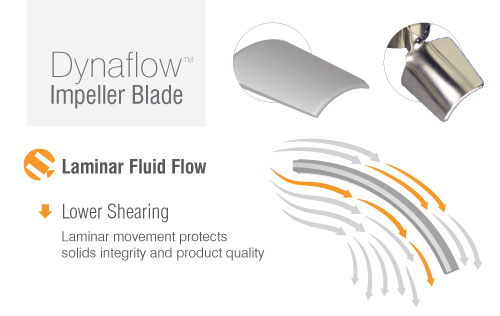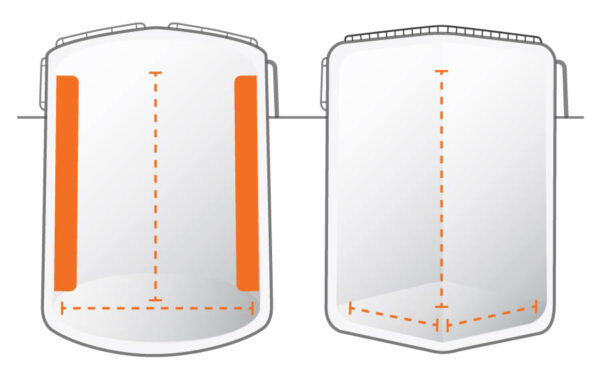
Waste Activated Sludge Mixing Principles
Why Is Sludge Blending Important? For many industrial wastewater treatment facilities, sludge accounts for as much as 30-40% of capital costs and about 50% of the operating costs due to the complex nature of processes involved to curb by-product waste. The sludge or “bio solids” left over can be refined into nitrate based fertilizers/ compost, chemical bio-fuels or other natural resources. Sludge biosolids can also be further dewatered for post processing and disposal purposes and because of the many products that can be economically produced; the sludge process is a true bio-refinery. Many water treatment plants focus on improved quality within their operations of sludge handling and mixing equipment selection. Sludge viscosities have an influence on e.g. pumping, hydrodynamics, mass transfer





